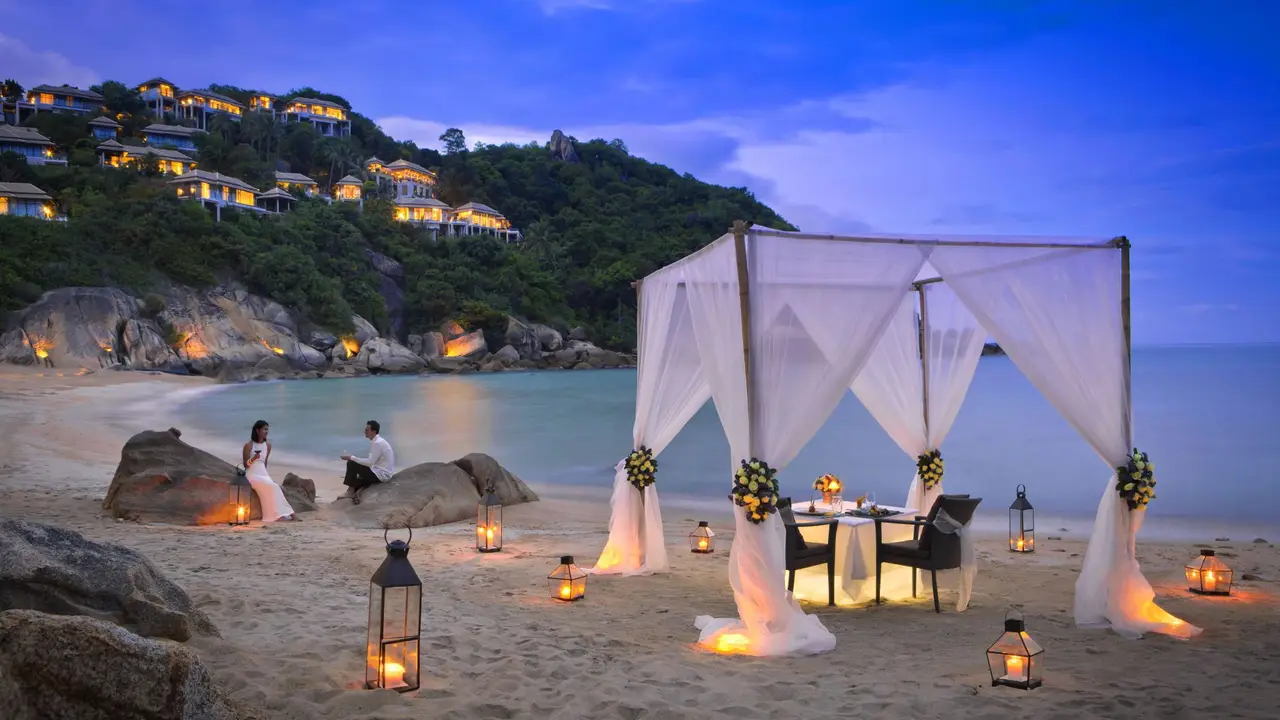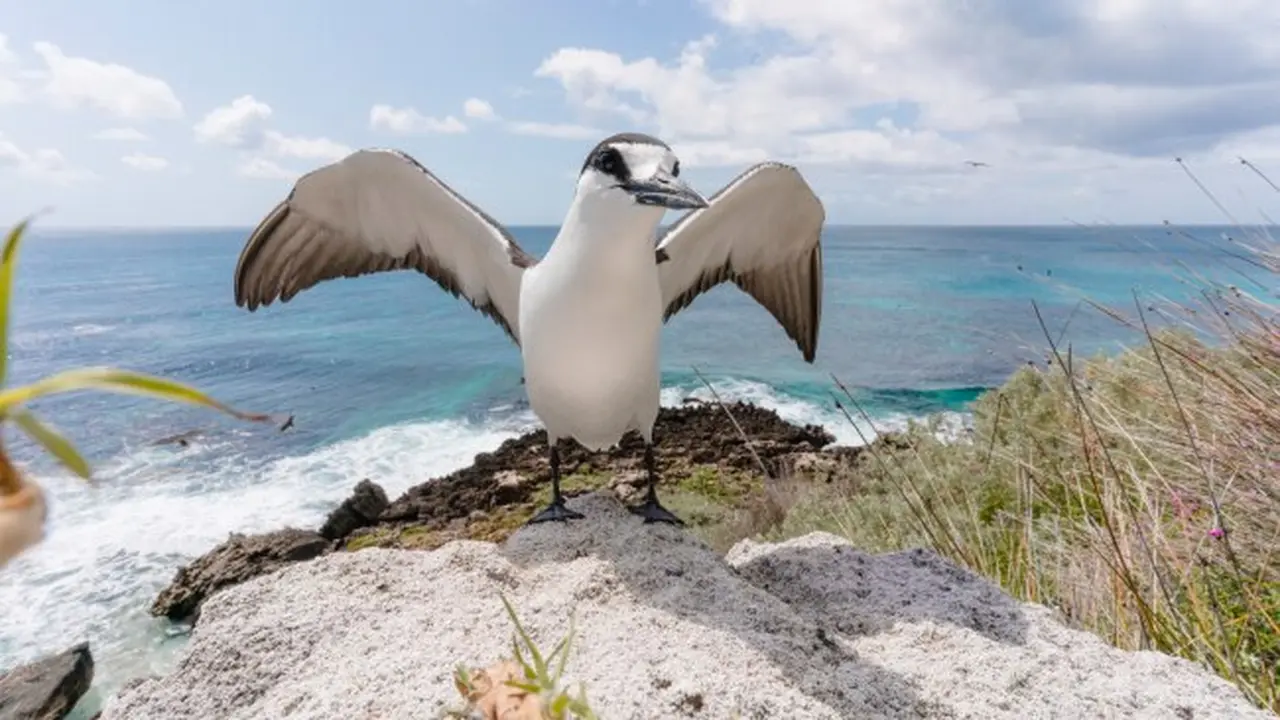Sustainable Coastal Development_ Balancing Growth and Conservation
Explore the challenges of sustainable coastal development and learn how to balance economic growth with environmental conservation.

Understanding the Challenges of Coastal Development
Coastal areas are incredibly desirable places to live, work, and visit. This popularity, however, puts immense pressure on these fragile ecosystems. Think about it: everyone wants that ocean view, that easy beach access. But all that development – hotels, homes, roads – it takes a toll. We're talking habitat loss, pollution, and increased vulnerability to natural disasters. It’s a tricky balancing act to keep the economy humming while protecting what makes these places special in the first place.
The Economic Benefits of Coastal Development
Let's not pretend there aren't significant economic advantages to coastal development. Tourism is a huge one, bringing in billions of dollars and supporting countless jobs. Think of the hotels, restaurants, tour operators, and local shops that thrive on visitors flocking to the coast. Plus, coastal communities often have thriving fishing industries and ports that are vital for trade and transportation. Development, when done right, can create opportunities and improve the quality of life for residents.
The Environmental Costs of Unplanned Development
Okay, now for the not-so-pretty side. Unplanned or poorly managed coastal development can have devastating environmental consequences. We're talking about the destruction of wetlands, coral reefs, and other critical habitats. Pollution from sewage, runoff, and industrial activities contaminates the water and harms marine life. And, of course, there's the visual impact – sprawling development can ruin the natural beauty of the coastline. The key is to minimize these impacts through careful planning and sustainable practices.
Strategies for Sustainable Coastal Development
So, how do we strike that balance? Luckily, there are plenty of strategies that promote sustainable coastal development. Here are a few key ones:
Zoning and Land Use Planning for Coastal Protection
Zoning regulations can dictate where development is allowed and what types of activities can take place in certain areas. This helps to protect sensitive ecosystems and prevent overdevelopment in vulnerable areas. Think of it as setting boundaries to protect the most important natural assets.
Building Codes and Construction Practices to Minimize Environmental Impact
Green building practices and stricter construction codes can significantly reduce the environmental impact of new development. This includes using sustainable materials, minimizing waste, and implementing erosion control measures. It's about building smarter and more responsibly.
Protecting and Restoring Coastal Habitats
Preserving existing coastal habitats and restoring damaged ones is crucial. This can involve creating protected areas, planting native vegetation, and removing invasive species. Healthy ecosystems are more resilient and provide essential services like flood control and water filtration.
Implementing Green Infrastructure
Green infrastructure uses natural elements, like wetlands and green roofs, to manage stormwater, reduce pollution, and enhance biodiversity. It's a more sustainable and cost-effective alternative to traditional gray infrastructure, like concrete pipes and drainage systems.
Promoting Ecotourism
Ecotourism focuses on responsible travel that minimizes environmental impact and supports local communities. This can involve activities like hiking, kayaking, and wildlife viewing, as long as they are conducted in a sustainable manner. It's about experiencing the coast without harming it.
Case Studies of Successful Sustainable Coastal Development
Want to see these strategies in action? Here are a couple of examples:
The Greening of Copenhagen Denmark Coastal Area
Copenhagen has transformed its harbor from an industrial wasteland into a vibrant waterfront with clean water and recreational spaces. They’ve invested heavily in green infrastructure and sustainable development practices, making the city a model for coastal resilience.
Singapore Coastal Management
Singapore, an island nation, has implemented comprehensive coastal management strategies to protect its shorelines from erosion and rising sea levels. They’ve used a combination of hard and soft engineering solutions, including seawalls and mangrove restoration, to create a resilient coastline.
Balancing Economic Growth and Environmental Conservation
Ultimately, sustainable coastal development requires a holistic approach that considers both economic and environmental factors. It's about finding innovative solutions that allow communities to thrive while protecting the natural resources that make coastal areas so special. This means collaboration between governments, businesses, and local communities to create a shared vision for the future.
Products for Sustainable Coastal Living
Want to contribute to sustainable coastal living yourself? Here are a few product recommendations to get you started:
Sunscreen: Raw Elements Tinted Face Moisturizer
Description: A reef-safe, tinted sunscreen that provides broad-spectrum protection without harmful chemicals. Made with natural ingredients and packaged in a reusable tin.
Usage Scenario: Perfect for everyday wear at the beach, on a boat, or simply enjoying the outdoors. The tint provides light coverage and evens out skin tone.
Comparison: Compared to conventional sunscreens, Raw Elements is free of oxybenzone and octinoxate, which are known to harm coral reefs. It's also more environmentally friendly due to its biodegradable formula and reusable packaging.
Price: Approximately $20 - $25 per tin.
Water Bottle: Hydro Flask 32 oz.
Description: A durable, insulated water bottle made from stainless steel. Keeps drinks cold for up to 24 hours and hot for up to 12 hours.
Usage Scenario: Ideal for staying hydrated during outdoor activities like hiking, kayaking, or simply relaxing on the beach. Reduces the need for single-use plastic bottles.
Comparison: Compared to plastic water bottles, Hydro Flask is more durable, keeps drinks at the desired temperature for longer, and eliminates the risk of harmful chemicals leaching into your water. It's also a more sustainable choice in the long run.
Price: Approximately $35 - $45 per bottle.
Reusable Shopping Bag: Baggu Standard Baggu
Description: A lightweight, reusable shopping bag made from durable nylon. Folds up small for easy storage and can hold up to 50 lbs.
Usage Scenario: Perfect for grocery shopping, farmers markets, or any other errands. Reduces the need for single-use plastic bags.
Comparison: Compared to plastic shopping bags, Baggu is much stronger, more durable, and can be reused countless times. It's also more stylish and comes in a variety of colors and patterns.
Price: Approximately $12 - $15 per bag.
Bamboo Utensil Set: To-Go Ware Bamboo Utensil Set
Description: A portable utensil set made from sustainable bamboo. Includes a fork, knife, spoon, and chopsticks in a reusable carrying case.
Usage Scenario: Great for picnics, camping, or eating on the go. Reduces the need for disposable plastic utensils.
Comparison: Compared to plastic utensils, bamboo is a renewable resource that is biodegradable and compostable. It's also lightweight, durable, and easy to clean.
Price: Approximately $15 - $20 per set.
Laundry Detergent: Tru Earth Eco-Strips Laundry Detergent
Description: Ultra-concentrated laundry detergent strips that are eco-friendly and biodegradable. Packaged in a compostable cardboard sleeve.
Usage Scenario: Use for all your laundry needs. These strips dissolve completely in hot or cold water, leaving no residue.
Comparison: Compared to traditional liquid or powder detergents, Tru Earth Eco-Strips are lighter to ship (reducing carbon footprint), plastic-free, and contain no harsh chemicals.
Price: Approximately $20 for a pack of 32 strips.
:max_bytes(150000):strip_icc()/277019-baked-pork-chops-with-cream-of-mushroom-soup-DDMFS-beauty-4x3-BG-7505-5762b731cf30447d9cbbbbbf387beafa.jpg)






